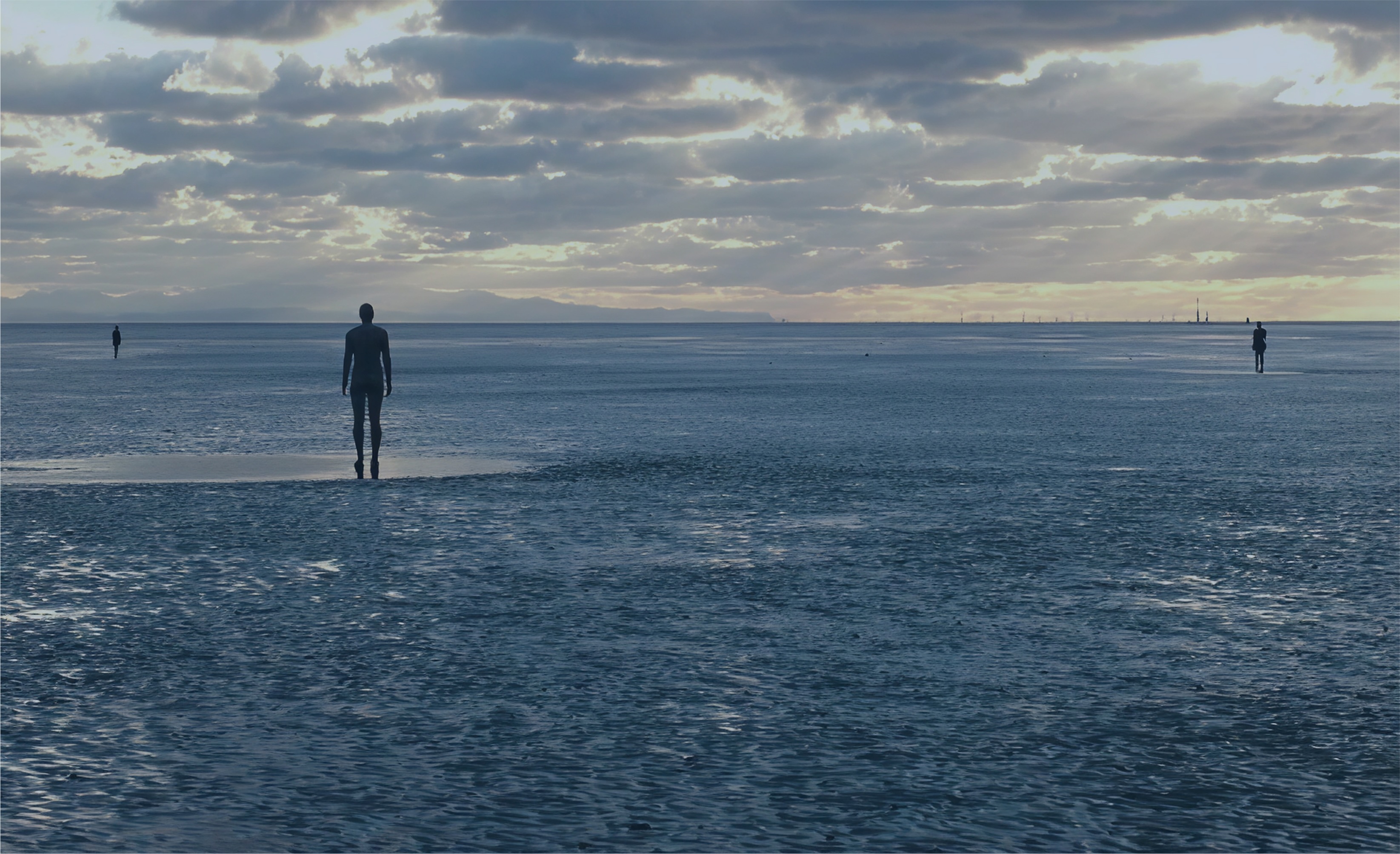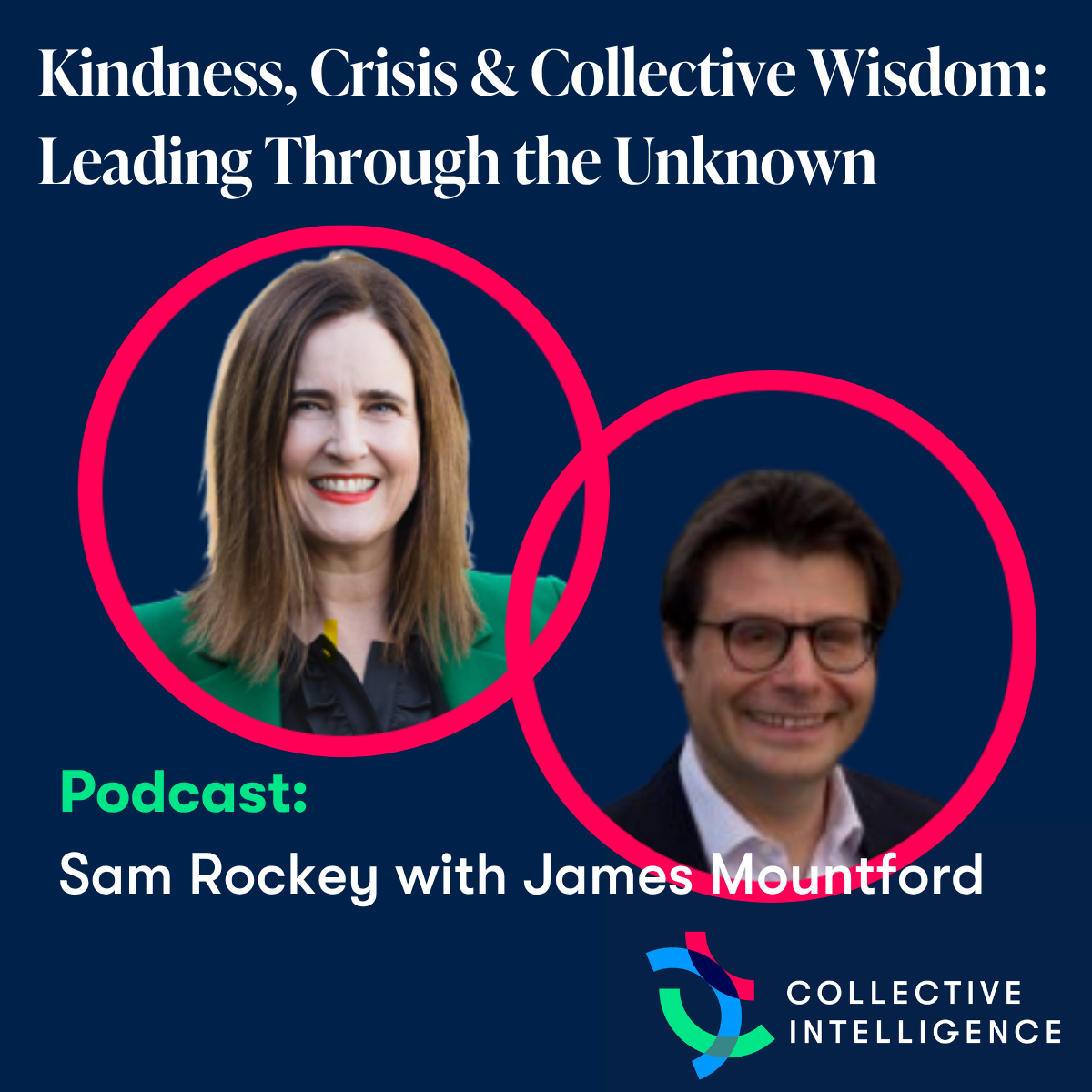Theme: Weaving Ourselves Together
A team is only as strong as its sense of unity. This doesn’t mean that we all act and think the same, but that each of our individualities, perspectives, and experiences can come together to work as a diverse whole. A sports team, for instance, requires different specialities working in different positions, but is only successful when each part meets and fits the others. True cohesion allows for difference – like a tapestry woven from so many separate threads. In this respect, a good leader must have vision: they must be able to see the bigger picture built up from the smallest details of their team or organisation.
This is why, at TH, we always design programmes with a keen eye for detail; programmes that emphasise the ways in which we work best together; and think about how the social fabric of a team affects its ultimate performance. Leaders need to pay close attention to each human weft or stitch, or else risk coming unravelled…
What can we learn from the humanities?
As you’ve probably guessed from my very subtle textile metaphors, this month we’re thinking about the art of fabric-design, which might include tapestry, embroidery, and knitting. This truly is an ancient art form, one that that has worked at the heart of communities across the globe for hundreds of years.
Just look at the famous Bayeux Tapestry. It’s thought to date back to the 11th Century and is a whopping 230 feet long. It’s not only a vital piece of historical data – depicting the events leading up to the Norman conquest of England in 1066 – but is a truly beautiful piece of aesthetic craftsmanship.
Textiles also have a long, rich history on the African continent, too. Aso Olona, made by the Yoruba people, is a cloth of intricate and colourful geometric patterns and worn by chiefs, priests, and other members of the society to mark special occasions, like ceremonies, festivals, and rituals.
This is to say, that the textile arts are as much about social bonding as aesthetic appreciation: it is a shared practice that brings people, their culture, and histories together – a process reflected in the material itself as it is woven, threaded, and dyed.
For a more modern take on this social artform, take a look at this:

There is a great aura of care around this work, found in its delicate, woven thread-work. This is played against the vibrancy of colour that suggests a powerful and (quite literally) colourful historical background.
Indeed, the title – ‘Kukulkan’ – references an ancient Mayan deity and literally translates to ‘plumed snake’. Not all that much is known about the specific origins of this deity, but still folktales and stories are traded among indigenous communities, and, in similar fashion, the artwork is an act of preservation: a modern interpretation of an ancient myth, woven newly to keep the past alive.
Just as these stories must be actively held together by various communities, tapestry requires a high level of care: the material is easily damaged, threads come undone over time, and holes appear in the image. We must maintain our sense of cohesion through social interaction with intent and carefulness if we are to preserve what makes us who we are.
Who made this?
This historical fabric was made by Antonio Pichillá Quiacaín, a Guatemalan artist of Maya Tz’utujil descent. It is particularly influenced by the weaving processes and abstract patterning of Tz’utujil clothing and the colours reference the corn grown in Guatemala.
Pichillá Quiacaín is, therefore, not only creating an arresting image, but weaving in culture and history into his artwork. Countless ideas, beliefs, and people are represented in the stitches and weaves that bring together a delicate social pattern expressed in vibrant, colourful abstraction. Added to the title, this work brings into focus the profound effort needed to preserve and develop a culture.
We are all a thread in a bigger picture; we are all a meaningful part in an ongoing pattern.


%201.png)































.jpg)





.png)

.png)





































.png)
























